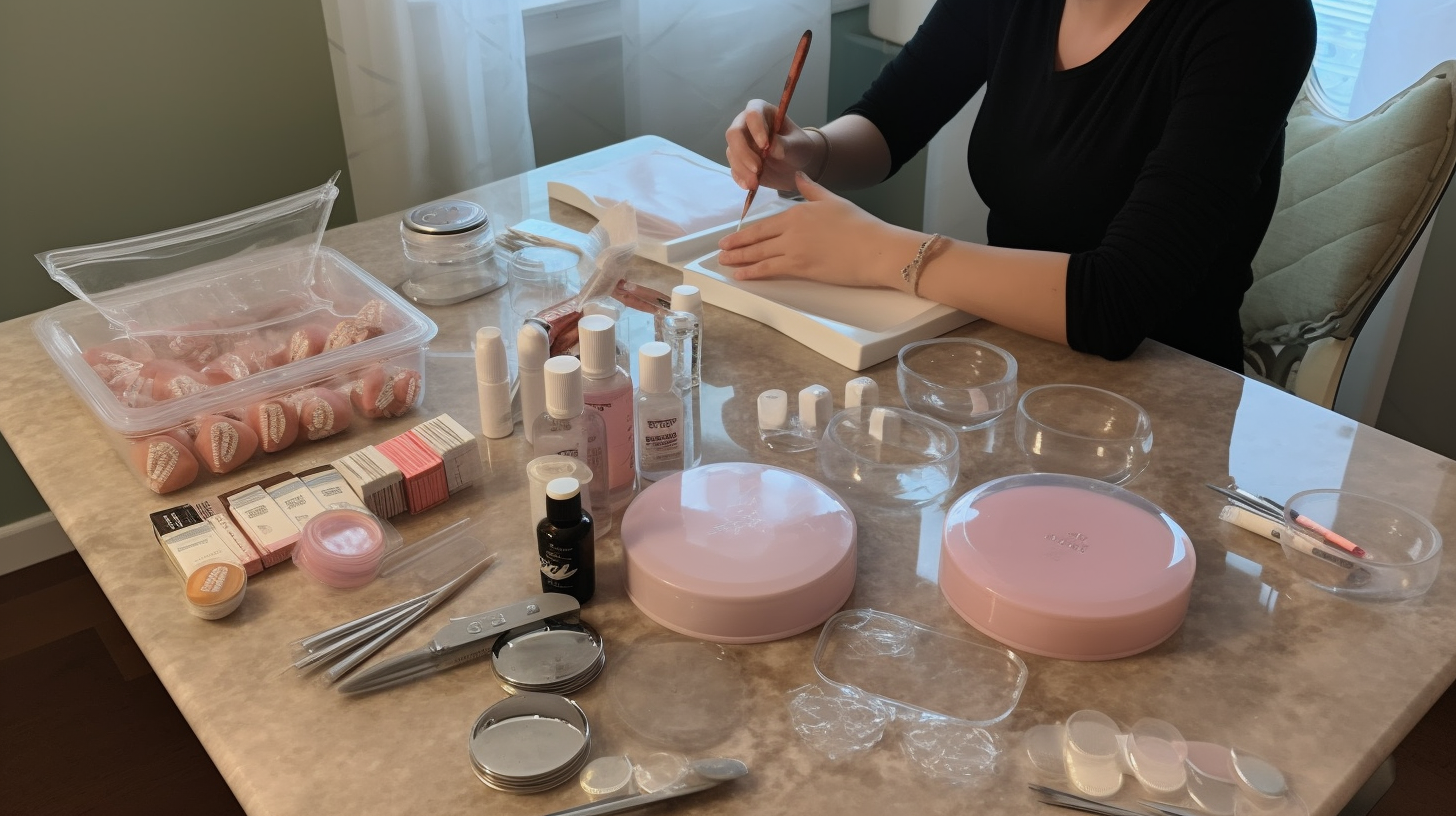Understanding the Causes of White Spots on Nails: A Comprehensive Guide
White spots on nails, also known as leukonychia, are a common concern for many people. These spots can be unsightly and lead to worry about potential health issues. However, in most cases, white spots on nails are harmless and not a cause for alarm. In this comprehensive guide, we will discuss the causes of white spots on nails, how to recognize them, and potential treatments available.
What Are White Spots on Nails?
White spots on nails are small marks that appear on the surface of fingernails or toenails. They can be round or oval-shaped and usually measure less than a millimeter in diameter. These spots can occur anywhere along the nail bed and are often visible on the nail plate.
In most cases, white spots on nails are harmless and do not indicate any serious underlying health conditions. However, there are some instances where these spots may be a sign of a more severe issue.
The Primary Causes of White Spots on Nails
The primary cause of white spots on nails is trauma or injury to the nail bed. This injury can occur from biting your nails, slamming your fingers in a door or drawer, or even from wearing tight shoes that put pressure on your toes.
Nutrient deficiencies can also cause white spots to appear on your nails. Specifically, low levels of zinc or calcium in your diet may lead to this condition.
Fungal infections can also cause white spots to appear on your nails. Fungal infections occur when fungi enter through a small crack in the nail bed or cuticle and begin to grow. This growth can lead to discoloration and deformation of the nail plate.
Other potential causes of white spots include psoriasis, eczema, and other skin conditions that affect the nail bed and surrounding tissue. Additionally, certain medications or medical treatments, such as chemotherapy, can cause white spots to appear on your nails.
How to Recognize White Spots on Nails
White spots on nails are usually easy to recognize. They appear as small, round or oval-shaped marks on the nail plate. These spots can occur anywhere along the nail bed and may affect one or more nails.
In some cases, white spots on nails may be accompanied by other symptoms such as discoloration, thickening of the nail plate, or separation of the nail from the nail bed. If you experience any of these symptoms, it’s essential to consult with a healthcare professional to determine the underlying cause.
Potential Treatments for White Spots on Nails
In most cases, white spots on nails do not require treatment and will eventually disappear on their own. However, if you’re concerned about the appearance of your nails or if you’re experiencing other symptoms such as discoloration or thickening of the nail plate, there are several potential treatments available.
If your white spots are caused by trauma or injury to the nail bed, there isn’t much that can be done other than allowing your nails time to heal. However, if your white spots are caused by nutrient deficiencies or fungal infections, there are several potential treatments available.
If nutrient deficiencies are causing your white spots, increasing your intake of foods high in zinc and calcium may help. Foods like dairy products, nuts and seeds, and leafy green vegetables are all excellent sources of these essential nutrients.
If fungal infections are causing your white spots, antifungal medications may be necessary. These medications can be applied topically or taken orally and work to kill off the fungi responsible for causing the infection.
Preventing White Spots on Nails
Preventing white spots on nails is relatively simple. By taking proper care of your nails and avoiding injury or trauma to the nail bed, you can reduce your risk of developing this condition.
Some tips for preventing white spots on nails include:
- Avoid biting your nails or picking at the skin around your nails.
- Avoid wearing tight shoes that put pressure on your toes.
- Eat a balanced diet rich in essential nutrients like zinc and calcium.
- Keep your nails clean and dry to prevent fungal infections.
- Avoid sharing nail clippers or other personal grooming tools with others to prevent the spread of fungal infections.
Conclusion
White spots on nails are a common concern for many people. While they can be unsightly, they are usually harmless and not a cause for alarm. In most cases, these spots will disappear on their own without any need for treatment. However, if you’re experiencing other symptoms such as discoloration or thickening of the nail plate, it’s important to consult with a healthcare professional to determine the underlying cause. By taking proper care of your nails and avoiding injury or trauma to the nail bed, you can reduce your risk of developing this condition and maintain healthy, beautiful-looking nails.




